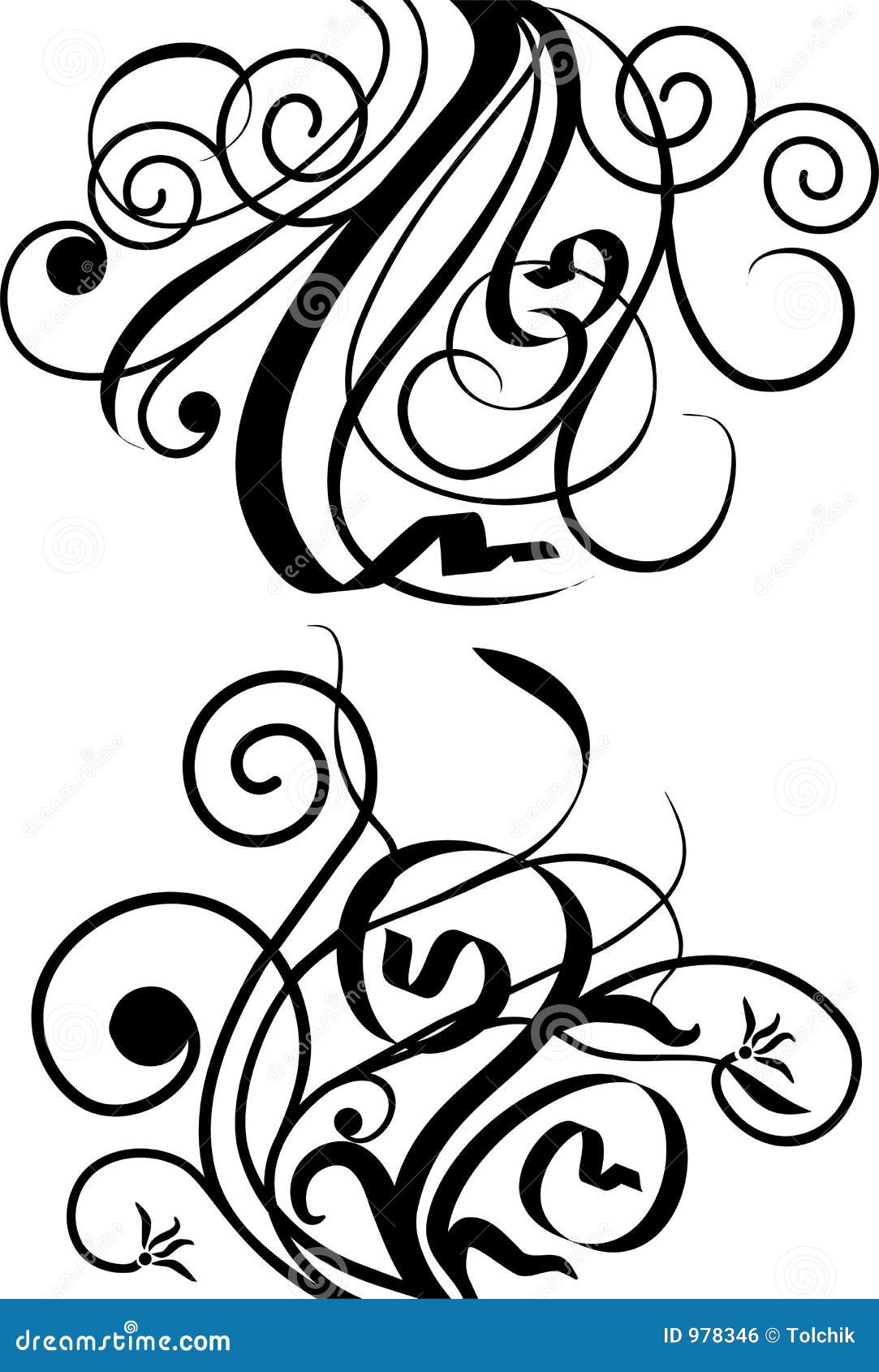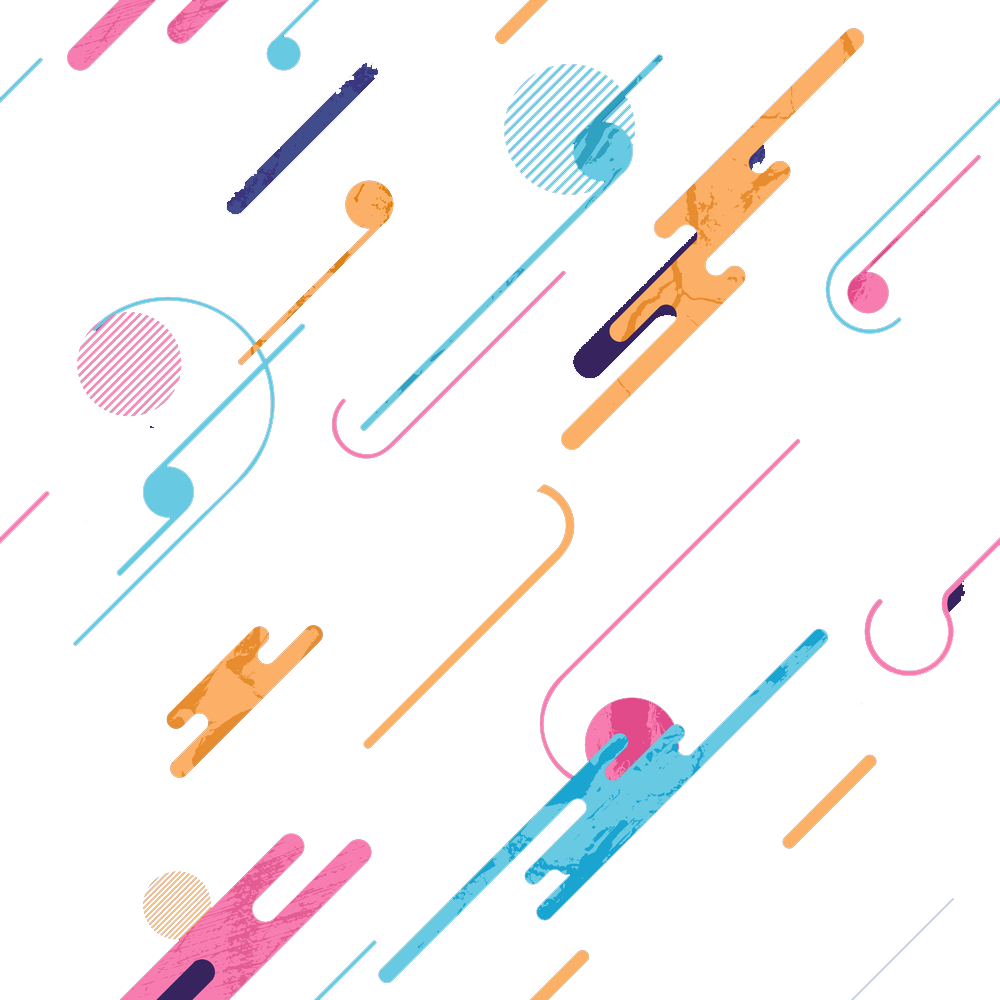Table Of Content
- Visual Hierarchy: Organizing content to follow natural eye movement patterns
- Was This Article Helpful?
- Repetition
- Content Pit Review: Is it Possible to Find Fast, Inexpensive, and High Quality Content?
- The Ultimate Guide to Using Pastel Colors in Graphic Design
- Value: The Lightness or Darkness
- The Key Elements & Principles of Visual Design

Rather, embrace an eclectic approach by mixing varying styles of furniture to add to the charm. Decorating with vintage is one of the easiest and most effective ways to do this. Bringing the outdoors into your Bohemian-style interior scheme is an important part of mastering the aesthetic. From incorporating natural textures such as rattan, to adding greenery through houseplants, there are lots of ways to bring nature into your home. While bohemian interior style is nothing new, it's fair to say it's having somewhat of a resurgence, and for good reason.
What Is Brutalist Architecture? Key Design Elements to Know - Better Homes & Gardens
What Is Brutalist Architecture? Key Design Elements to Know.
Posted: Tue, 17 Oct 2023 07:00:00 GMT [source]
Visual Hierarchy: Organizing content to follow natural eye movement patterns
In interior design, form is essential in determining the functionality and aesthetics of a space. Effective use of space is crucial in all design disciplines; it can make a design feel open and airy or cozy and intimate. Thus, the thoughtful application of both visual and tactile textures plays a crucial role in enhancing the aesthetic and functional appeal of any design project. Visual texture adds depth without altering the surface, while tactile texture invites physical interaction. Textures can add depth and interest, making designs more engaging and tactile.
Was This Article Helpful?
Your brand intends to reach out to the masses, and if you do not have a design that can successfully achieve this, everything is in vain. While consistency and repetition are potent design principles, they also risk visual fatigue. Small doses of variety are helpful to ensure that your customers are not lulled to sleep. Patterns also help establish your brand's presence without displaying your logo design or brand name everywhere. Use this powerful principle of design to bring consistency and a holistic feel to the content you create.
Repetition
Good proportion contributes to a harmonious design in which every part seems just right in relation to the others. In product design, for example, proportion is critical for both aesthetics and functionality. Additionally, the strategic use of contrast can enhance the overall aesthetics of a project, making it not only functional but also visually compelling. In painting and photography, value is used to create a sense of realism and volume, adding a layer of complexity to two-dimensional works. Examples of lines include the bold outlines of a logo, the delicate strokes in a pen sketch, or the sleek, straight edges of a modern building. Lines can be thick or thin, straight lines or curved lines, continuous or broken.
Color provides the most psychological aspect of design, as it's how most humans see reality. In design, color tells a story, sets the mood, and adds character and personality. The image above is mostly made up of shapes - from the large circle depicting the sun to the birds and the silhouette-like buildings. The lines in this image run in every direction, some parallel and others perpendicular to each other. They're also used to add details to the buildings and individual bricks to the wall.
The Ultimate Guide to Using Pastel Colors in Graphic Design
Typography also creates a visual hierarchy in a design, by telling the reader where to start and where to go. You can do that by choosing different characteristics for your text, such as size, color, height, and weight. The text, the words you add in your design play a huge role in making it a success, but the way you put them – their style, play as much of a great role. This makes typography one of the most important graphic and web design elements. Of course, we can’t actually feel the texture of a digital design, however, just by looking at it we can experience the feeling.
If you want to draw attention to a particular object, then this is the way to go. If you want to suggest feminity, then you can use curvy shapes such as circles. If, on the other hand, you want to induce a more masculine feeling, then use angular shapes. Also, something as simple as changing the hue or the saturation can send a different type of feeling. The great thing about using a design tool such as Creatopy is the fact that you don’t need to create lines from scratch. In the Elements section, you can now find 80 new, end-to-end scalable, flexible lines and arrows.
Value: The Lightness or Darkness
The Design Element Jenn Todryk Says Is Essential In Kids' Bathrooms - Exclusive - House Digest
The Design Element Jenn Todryk Says Is Essential In Kids' Bathrooms - Exclusive.
Posted: Thu, 21 Sep 2023 07:00:00 GMT [source]
We achieve asymmetrical balance when we arrange differently sized elements in a way that results in unity. We can imagine a centre point of the design and distribute the elements in a way that creates balance. In the context of design, the term “form” refers to more than just an object’s outline or shape. It encompasses all three dimensions—height, width, and depth—to create a tangible and substantial presence. This adds depth and meaning to visual compositions, turning them into fully realized entities that occupy physical space.
The Key Elements & Principles of Visual Design
On the other hand, the color blue, creates a sense of peace, serenity, and security. A beautiful design is not a product of great imagination or a result of an idea. Rather, it is a product of carefully plotted design elements chosen to create a visual representation of the idea and the imagination.
Repetition is visually appealing when used to put emphasis on particular elements and can effectively grab the attention of a reader. The principles and elements of design both carry the same weight in executing an effective piece. If you disregard the principles, then you have a visual piece that lacks a story.
Hierarchy is a way of organizing elements in a design to signify their importance. It guides the viewer’s eye to the most critical information first and then to less important elements in a logical sequence. It can be symmetrical, asymmetrical, or radial, and helps to create a sense of stability and harmony. Forms can be geometric or organic, and their three-dimensionality can be created visually through the use of light and shadow. In product design, the form must follow function, meaning the design of an object should reflect its intended use. This knowledge enables them to use color effectively in branding, marketing materials, and user interfaces to evoke the desired response from the audience.
Type helps you to convey words and ideas in your design but it also goes beyond that when designers use fonts to create striking visual elements. Negative space is also called white space, which helps to group and organize elements. Use white space wisely to create a layout that doesn’t overwhelm viewers and gives their eyes places to rest. Use elements of design principles to guide you and to understand how design works but don’t see them as a strict set of rules. Good design still requires creativity, which means that rules can be bent or broken. Color is a powerful design element that can evoke emotions, set moods, and communicate messages.
It’s sometimes interchangeably used with another design element – shape, however, they’re slightly different. The form is mostly 3D and more realistic, while the shape is two-dimensional and flat. The dedication to flexible space is something that Jenkins and his team really had fun with when designing the frunk.

Size plays a crucial role in distributing visual weight within a composition, influencing the viewer’s perception and interpretation of the design. Negative space, also known as space or white space, is the area surrounding and between the elements in a design. Skilled use of negative space enhances the overall composition's balance and readability. Designers use negative space to create breathing room, guide the viewer's attention, and add a sense of openness and harmony to their designs. So these were the seven basic elements of design – form, shape, line, color, texture, typography, and space. These various elements can make your piece successful when used right.
Color is the effect humans see when light waves strike an item and reflect off the optic nerve in their eyes. A tool graphic designers and artists use to illustrate and explain subjects. Color is one of the most complex elements of design to master and possibly the hardest to comprehend. By using color systems, you can give your graphic design the right feel. With the right tools and principles, your design will be ready to melt hearts.
To do that, you’ll need to practice, experiment, and learn the rules of applying them, known as the principles of design. Like many kinds of art, graphic design has its basic principles and elements. The principles of design are the rules a designer follows to have a composition that’s just right. They help you create artwork that’s not only beautiful and eye-catching but also correct in ways professionals can see and viewers feel. In the first lesson, you’ll learn the difference between visual design elements and visual design principles. You’ll also learn how to effectively use visual design elements and principles by deconstructing several well-known designs.

No comments:
Post a Comment